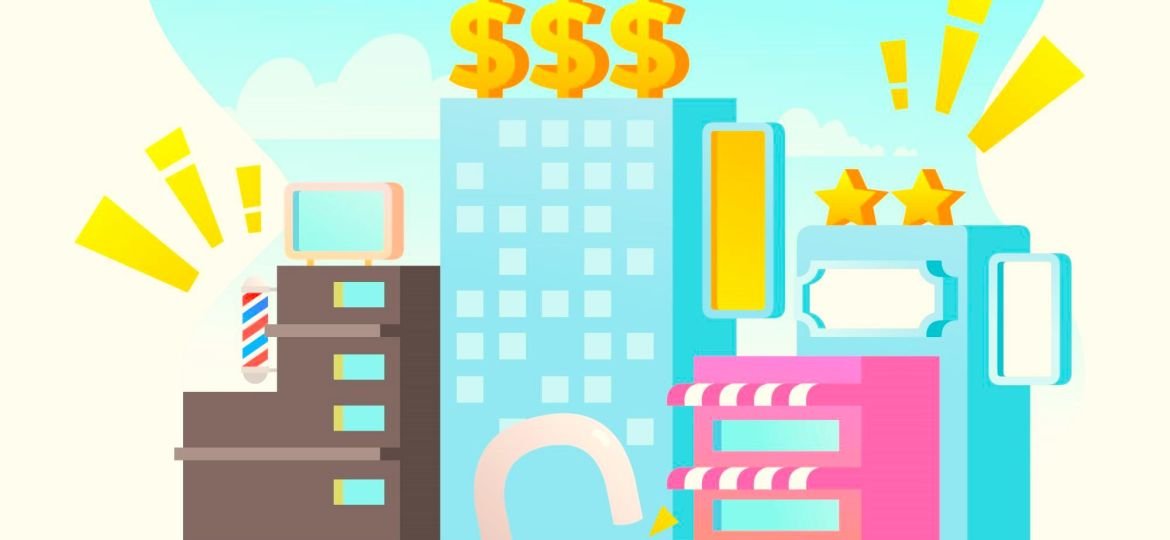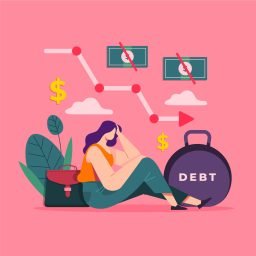
As someone who has navigated the world of personal finance, I know how daunting it can be to understand all the different loan options out there. Secured and unsecured loans are two common types, but it’s not always clear what sets them apart. In this post, I’ll break down the key differences between these two loan categories so you can make the most informed decision for your financial needs.
Let’s start with the basics. A secured loan is one that requires you to put up some form of collateral, like your home or car, to secure the loan. This collateral serves as a guarantee to the lender that you’ll repay the loan. If you default, the lender can seize the collateral to recoup their losses. On the other hand, an unsecured loan doesn’t require any collateral – it’s based solely on your creditworthiness and ability to make the payments.
Now, let’s dive a little deeper into the pros and cons of each:
Secured Loans
Pros:
- Lower interest rates: Because the lender has collateral to fall back on, they’re typically willing to offer lower interest rates on secured loans compared to unsecured ones.
- Higher borrowing limits: Lenders are often more comfortable extending larger loan amounts when there’s collateral involved.
- Easier to qualify: If you have a less-than-stellar credit history, a secured loan may be easier to get approved for than an unsecured one.
Cons:
- Risk of losing your collateral: If you default on a secured loan, the lender can seize your collateral, which could be something as valuable as your home or car.
- Potentially longer application process: Securing a loan often requires more documentation and paperwork, which can make the application process more time-consuming.
- Restricted use of collateral: While you have the loan, you may be limited in how you can use the collateral, such as not being able to sell your home or car.
Here’s a quick comparison table to summarize the key differences:
| Feature | Secured Loan | Unsecured Loan |
|---|---|---|
| Collateral Required | Yes | No |
| Interest Rates | Lower | Higher |
| Borrowing Limits | Higher | Lower |
| Qualification Criteria | Easier | More Stringent |
| Risk to Borrower | High (Collateral at Risk) | Lower |
| Application Process | More Complex | Simpler |
Unsecured Loans
Pros:
- No risk of losing collateral: Since there’s no collateral involved, you don’t have to worry about the lender seizing your assets if you default.
- Faster and simpler application process: Unsecured loans typically have a more streamlined application process compared to secured loans.
- More flexibility in how you use the funds: With an unsecured loan, you’re not restricted in how you can use the borrowed money.
Cons:
- Higher interest rates: Without collateral to back up the loan, lenders will charge higher interest rates to offset the increased risk.
- Lower borrowing limits: Lenders are generally more cautious about extending large unsecured loan amounts.
- Harder to qualify: Unsecured loans usually have stricter credit requirements, making them more difficult to obtain if you have a poor credit history.
Here’s another comparison table to highlight the key differences:
| Feature | Secured Loan | Unsecured Loan |
|---|---|---|
| Collateral Required | Yes | No |
| Interest Rates | Lower | Higher |
| Borrowing Limits | Higher | Lower |
| Qualification Criteria | Easier | More Stringent |
| Risk to Borrower | High (Collateral at Risk) | Lower |
| Application Process | More Complex | Simpler |
So, which type of loan is right for you? It really depends on your specific financial situation and needs. If you have valuable assets to use as collateral and want to take advantage of lower interest rates, a secured loan might be the way to go. But if you don’t want to risk losing your collateral or prefer a faster, simpler application process, an unsecured loan could be the better option.
Personally, I’ve had experience with both types of loans. When I was younger and just starting out, I took out an unsecured personal loan to help cover some unexpected medical expenses. The application process was relatively straightforward, and I was able to get the funds I needed quickly. However, the interest rate was on the higher side, which meant my monthly payments were a bit steeper.
Later on, when I was ready to buy a house, I opted for a secured mortgage loan. Even though the application process was more involved, I appreciated the lower interest rate and the ability to borrow a larger amount. Of course, I also had to be mindful of the risk of losing my home if I couldn’t make the payments. It was a trade-off, but one that ultimately worked well for my financial goals at the time.
Regardless of which loan type you choose, it’s important to carefully consider your options, crunch the numbers, and make sure you can comfortably afford the monthly payments. Don’t be afraid to shop around and compare offers from multiple lenders to find the best deal.
In the end, the decision between a secured or unsecured loan comes down to your specific circumstances and priorities. By understanding the key differences, you can make an informed choice that sets you up for financial success. Let me know if you have any other questions – I’m always happy to share my insights and experiences when it comes to personal finance!
Ready to take control of your finances? Visit upgrade.com now to explore a range of financial products, including Personal Loans, Auto Refinance Loans, Home Improvement Loans, Personal Credit Lines, and Upgrade Card. Let Upgrade help you achieve your financial goals today!
Frequently Asked Questions (FAQs)
1. Can I qualify for a secured loan if I have a poor credit score?
Yes, you may still qualify for a secured loan even with a poor credit score. Since secured loans require collateral, lenders are often more willing to overlook a low credit score in exchange for valuable assets to secure the loan.
2. Are there any restrictions on how I can use the funds from an unsecured loan?
No, there are typically no restrictions on how you can use the funds from an unsecured loan. Whether you need to cover medical expenses, consolidate debt, or make a large purchase, you have the flexibility to use the borrowed money as needed.
3. How does the application process for a secured loan differ from that of an unsecured loan?
The application process for a secured loan is usually more complex and time-consuming compared to an unsecured loan. Securing collateral requires additional documentation and verification, whereas unsecured loans rely more heavily on your credit history and income.
4. What happens if I default on a secured loan?
If you default on a secured loan, the lender has the legal right to seize the collateral you put up to secure the loan. This could result in the loss of your home, car, or other valuable assets used as collateral.
5. How do interest rates compare between secured and unsecured loans?
Interest rates on secured loans are typically lower than those on unsecured loans. Lenders offer lower rates on secured loans because they have collateral to mitigate the risk of non-payment. Unsecured loans carry higher interest rates due to the lack of collateral and higher risk to the lender.
Share Your Expertise, Build Your Business. Tired of limitations?
Create & sell online courses with Teachable. Keep 100% control. Start your free!


















